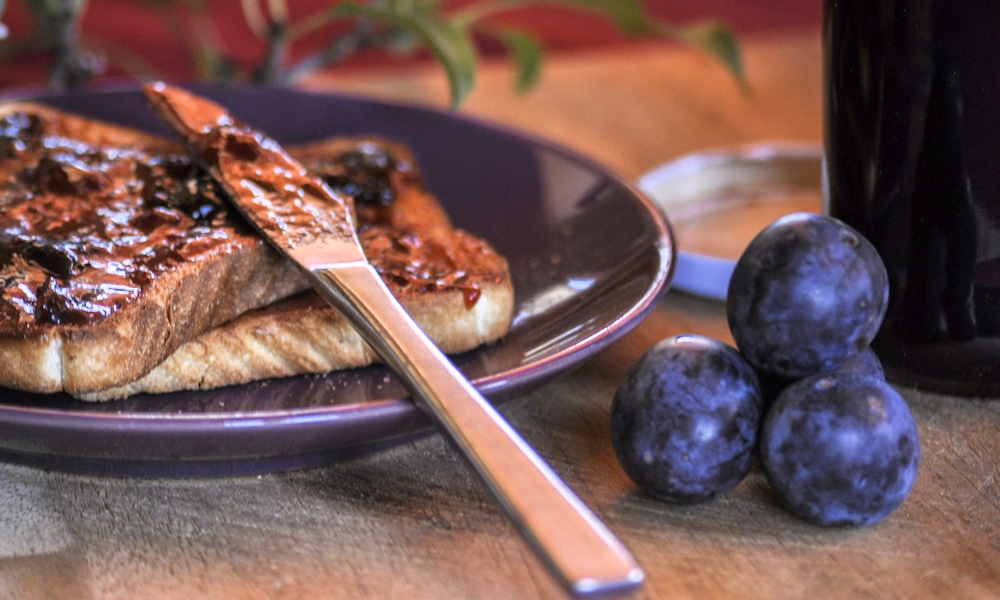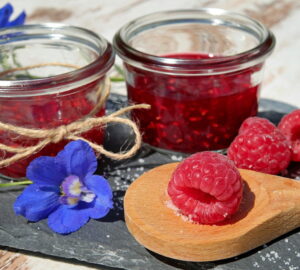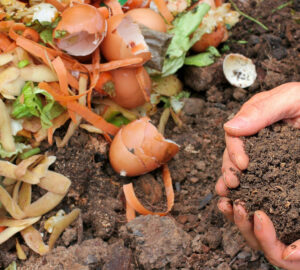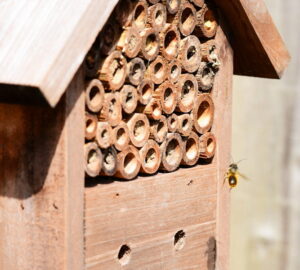As the warm days of August roll in, gardens are brimming with ripening plums, signaling the perfect time to make plum jam. This beloved tradition, rooted deeply in our past, has evolved significantly over time. Let’s delve into the traditional method of making plum jam and explore the modern techniques that have made this delightful process simpler and quicker.
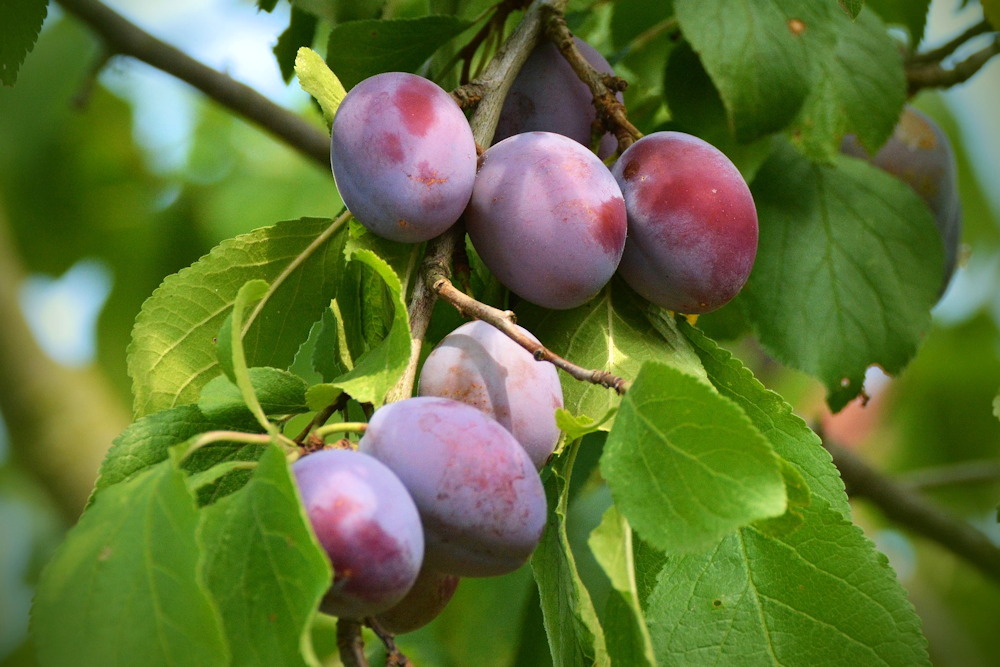
The Traditional Method: A Labor of Love
In the past, making plum jam was a communal event, often carried out in the open air using large cauldrons. This method, cherished for its ability to create rich, deep flavors, was a labor-intensive process that could take hours or even an entire day.
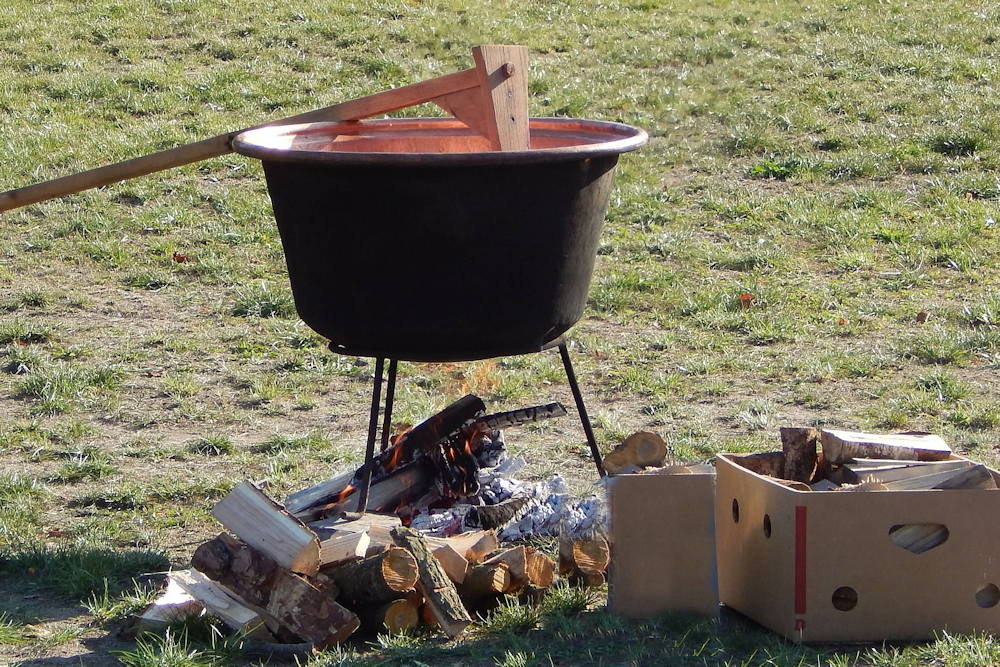
Traditional Plum Jam Recipe
Ingredients
- 10 kg (22 pounds) of plums
- 2-3 cinnamon sticks (optional)

Instructions
- Preparation: Wash the plums thoroughly. Cut them in half and remove the pits. Place the plums in a large cauldron or pot.
- Cooking: Begin cooking the plums over a medium flame, stirring frequently to prevent sticking. The plums will release their juices as they soften.
- Simmering: Reduce the heat and simmer the plums for several hours, stirring occasionally. The long cooking time helps to concentrate the natural sugars and flavors.
- Testing for Doneness: The jam is ready when it has thickened and a small amount placed on a cold plate sets quickly.
- Canning: Once the jam is done, pour it into sterilized jars while hot. Seal and let them cool at room temperature.
This method results in a rich, naturally sweet plum jam without the need for added sugar or lemon juice.
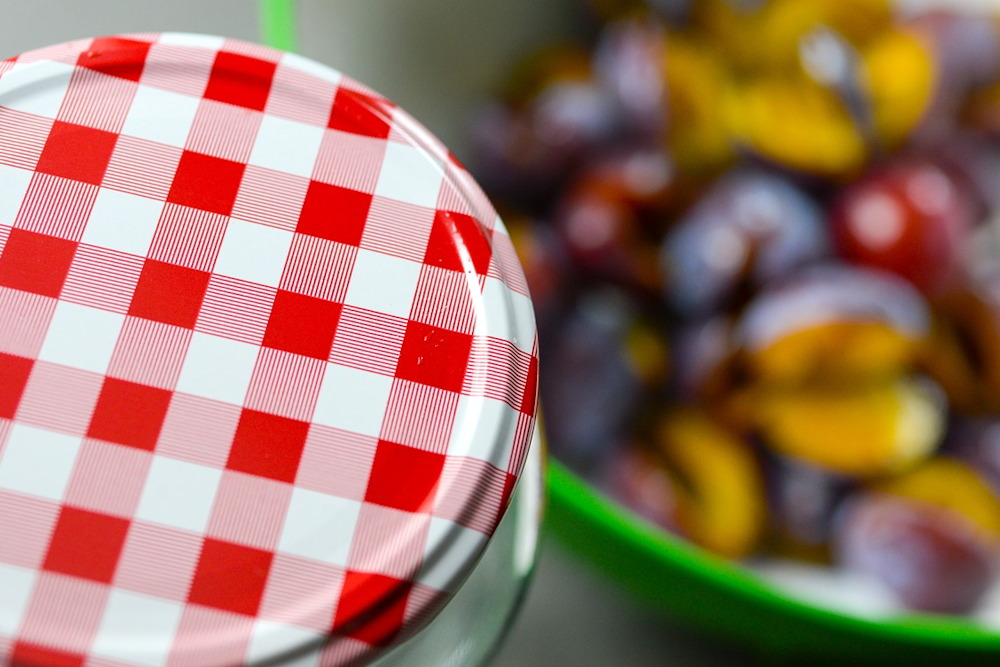
Modern Methods: Convenience without Compromise
With busy lifestyles, modern methods of making plum jam have emerged, offering simplicity and speed without sacrificing taste.
Recipe 1: The Quick Stovetop Jam with Pectin
Ingredients
- 1.8 kg (4 pounds) of plums
- 0.9 kg (2 pounds) of sugar
- 1 lemon, juiced
- 1/2 teaspoon of ground cinnamon (optional)
- 1 packet of pectin
Instructions
- Preparation: Wash, pit, and chop the plums.
- Combine Ingredients: Place the plums, sugar, lemon juice, cinnamon, and pectin in a large pot.
- Cooking: Cook over medium-high heat, stirring frequently until the sugar dissolves.
- Boiling: Bring the mixture to a boil. Reduce the heat and simmer for about 30-40 minutes, stirring occasionally.
- Testing: Test the jam by placing a small amount on a cold plate. If it sets, it’s ready.
- Canning: Pour the hot jam into sterilized jars, seal, and let cool.
The addition of pectin significantly reduces the cooking time, helping the jam to set more quickly compared to the traditional method.
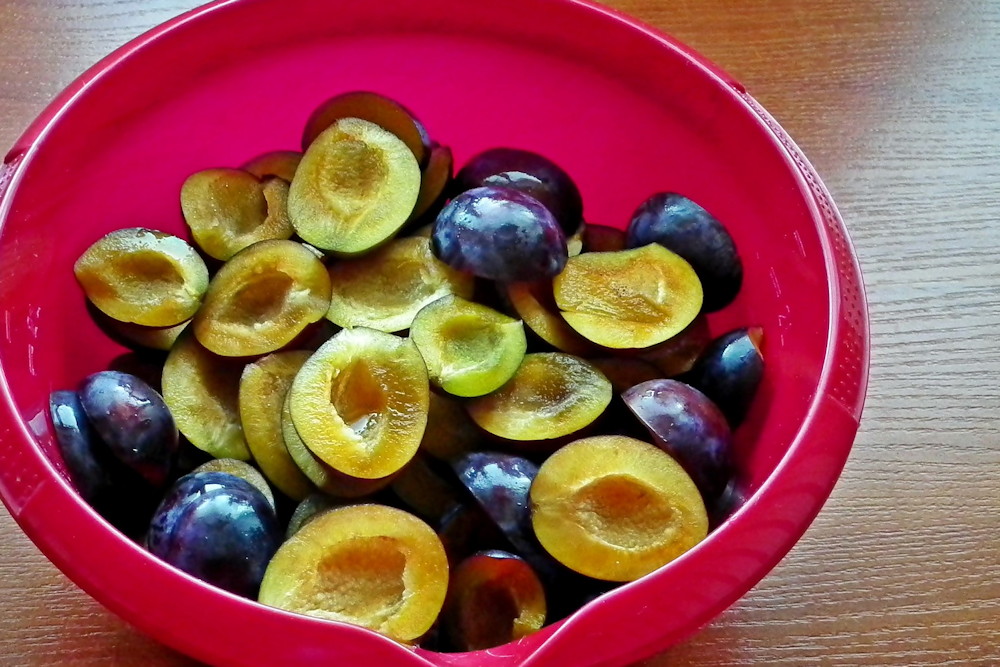
Recipe 2: The Oven-Baked Plum Jam
Ingredients
- 2 kg (4.4 pounds) of plums
- 1 kg (2.2 pounds) of sugar
- 1 lemon, juiced
- 1 teaspoon of ground cinnamon (optional)
Instructions
- Preparation: Preheat your oven to 150°C (300°F). Wash, pit, and halve the plums. Place them in a large baking dish.
- Combine Ingredients: Sprinkle the sugar, lemon juice, and cinnamon over the plums.
- Baking: Bake in the preheated oven for 2-3 hours, stirring every 30 minutes. The plums will soften and the mixture will thicken as it bakes.
- Testing: Test the jam by placing a small amount on a cold plate. If it sets, it’s ready.
- Canning: Once the jam is done, pour it into sterilized jars, seal, and let cool.
Using the oven allows for a hands-off approach, letting you focus on other tasks while the jam slowly bakes to perfection.
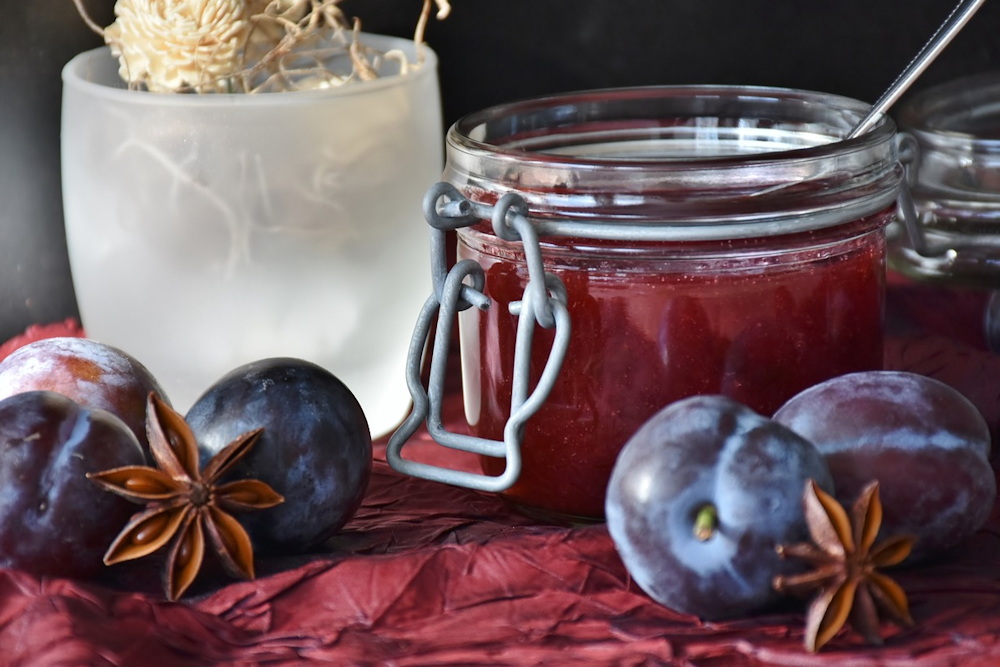
Embracing Tradition with Modern Convenience
While the traditional method of making plum jam holds a special place in our hearts, modern techniques have made it more accessible for everyone to enjoy. Whether you’re simmering a pot on the stove with the help of pectin or baking a batch in the oven, the joy of capturing summer’s bounty in a jar remains unchanged.
As plums ripen in gardens everywhere, take a moment to appreciate the rich history and the evolving art of making plum jam. Each jar, whether made in a cauldron or a kitchen pot, is a testament to our love for this timeless tradition.



